Sister Virginia Varley experienced a life-changing artistic breakthrough at the age of 89. After spending almost 20 years of her creative journey painting mandalas — highly intricate and symbolic circular artworks — she traded her acrylics for oil paint, cold wax and spatulas, and started to play on canvas. The result was her discovery of herself as an abstract artist, a painter unbounded by form and open to surprises. Now, at age 93, she’s self-published Alive Through Play: Challenged by Art Mediums, a joyful collection of her paintings accompanied by her reflections on the spirituality of making abstract art.
Varley didn’t always consider herself an artist. After joining the Sisters of St. Joseph of Toronto in 1947, a Roman Catholic community of consecrated women, she taught in elementary schools across Canada. Throughout this time, she sketched in her personal journal, interspersing her drawings with her reflections on everyday life. When she started taking formal art classes in 1988, she began to share her paintings with others, and in the early 2000s, she joined her artistic practice to her ministry, offering art retreats for fellow creative explorers.
You may unsubscribe from any of our newsletters at any time.
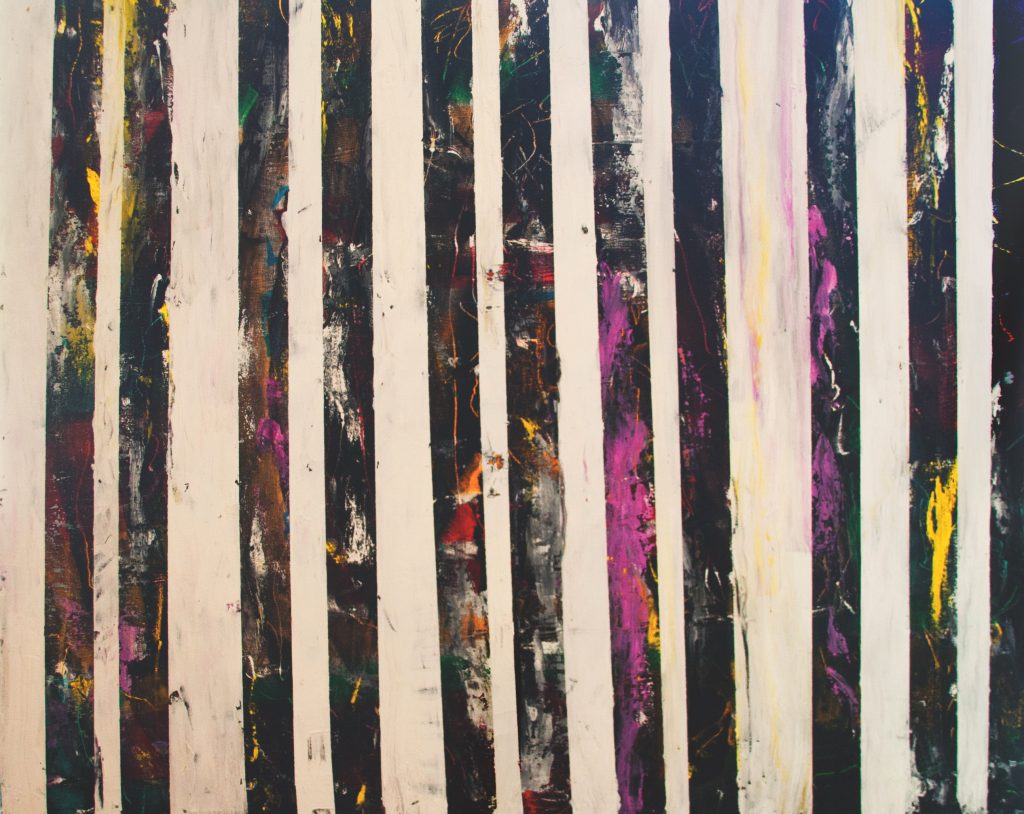
She doesn’t teach technique, though — and she’s the first to admit that she was attracted to abstract art because representational painting isn’t her strength. Abstraction allows her to be free from expectations, to explore, to have fun. “When I start a painting, I don’t know what I’m going to paint,” she says. “I simply choose some colours that I want to use and put them on a board or a canvas and then begin spreading them around — sometimes with my hands, sometimes with a spatula. But I have no sense in me of what the finished product will look like. I’m simply enjoying the play of moving paint around until it takes its shape into a painting.”
More on Broadview:
- Immersive shows are frantic and frenzied and here to stay
- ‘Rebel Hearts’ celebrates the radical spirit of a group of nuns in the 1960s
- There’s no better time to revisit the music of Willie Dunn
This sense of play creates a contemplative experience. In her painting Red Velvet, for example, she challenged herself to work with only one colour, trusting that the bold red she chose was sufficient without anything else. “The surrender is in allowing the paint to do what it wants to do,” she says. “So there’s a surrendering in my believing that the red has a right to stand on its own, but that of course spreads into my life; I have a right to be who I am, to stand on my own.” Her descriptions throughout Alive Through Play capture this same sense of self-discovery — through surrendering to whatever happens on the canvas, Varley comes to know herself and the divine mystery of God in her life.
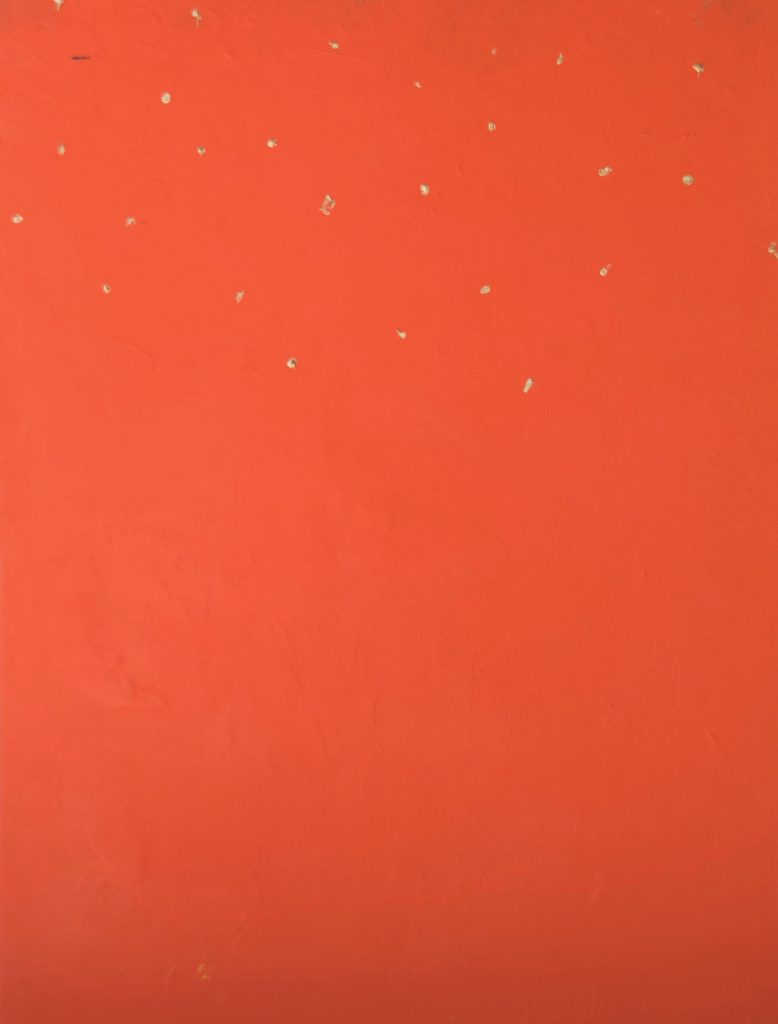
Spirituality and creativity have always been connected for Varley, from her journal sketches to her mandalas to her current work in abstract art. But she doesn’t make religious paintings, nor does she categorize Alive Through Play as a book of Catholic art. Instead, she describes her process as immersion in the divine: “When I’m engaged in the painting itself, it is a prayer. And I don’t question, ‘Where is God?’ or ‘Who is God?’ or ‘What is God?’ ever, I just know interiorly that I am in prayer as I paint.” Making art in this way has allowed her to find her own meanings in the process and the product — and she hopes that readers of her book will likewise make their own discoveries.
Her longtime friend and fellow artist Barbara Lea has witnessed her artistic path and can attest to the freedom Varley has found in making the switch to abstract art. “It was a surprise to me when she decided four years ago to change the materials she was using,” says Lea, “but I began to see then that, finally, she was really doing what she wanted to do.”
Varley herself celebrates this transformation in Alive Through Play. “It is never too late to find oneself in the journey,” she writes. Her book is a beautiful call to contemplation for artists and non-artists alike: there is space for everyone’s perspective and experience in the grace-filled world of abstract art.
***
Marie Trotter is a writer and PhD student in literature and theatre in Montreal. This piece first appeared in Broadview’s March 2022 issue with the title “An artist open to surprises.”




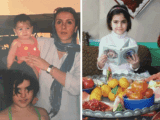
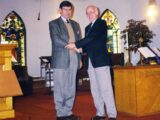
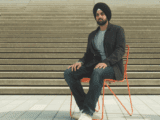



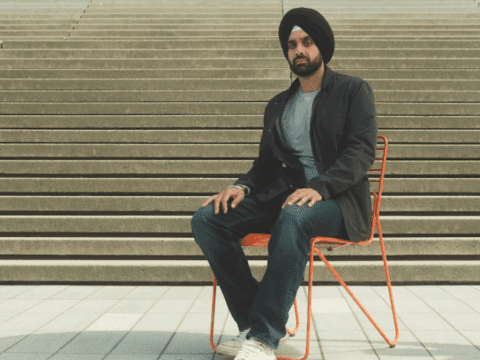

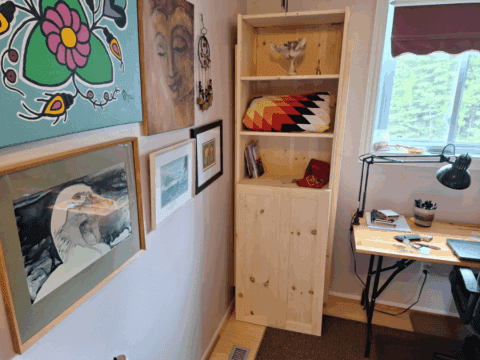



This challenges me to trust simplicity and allow it to make a home in me.